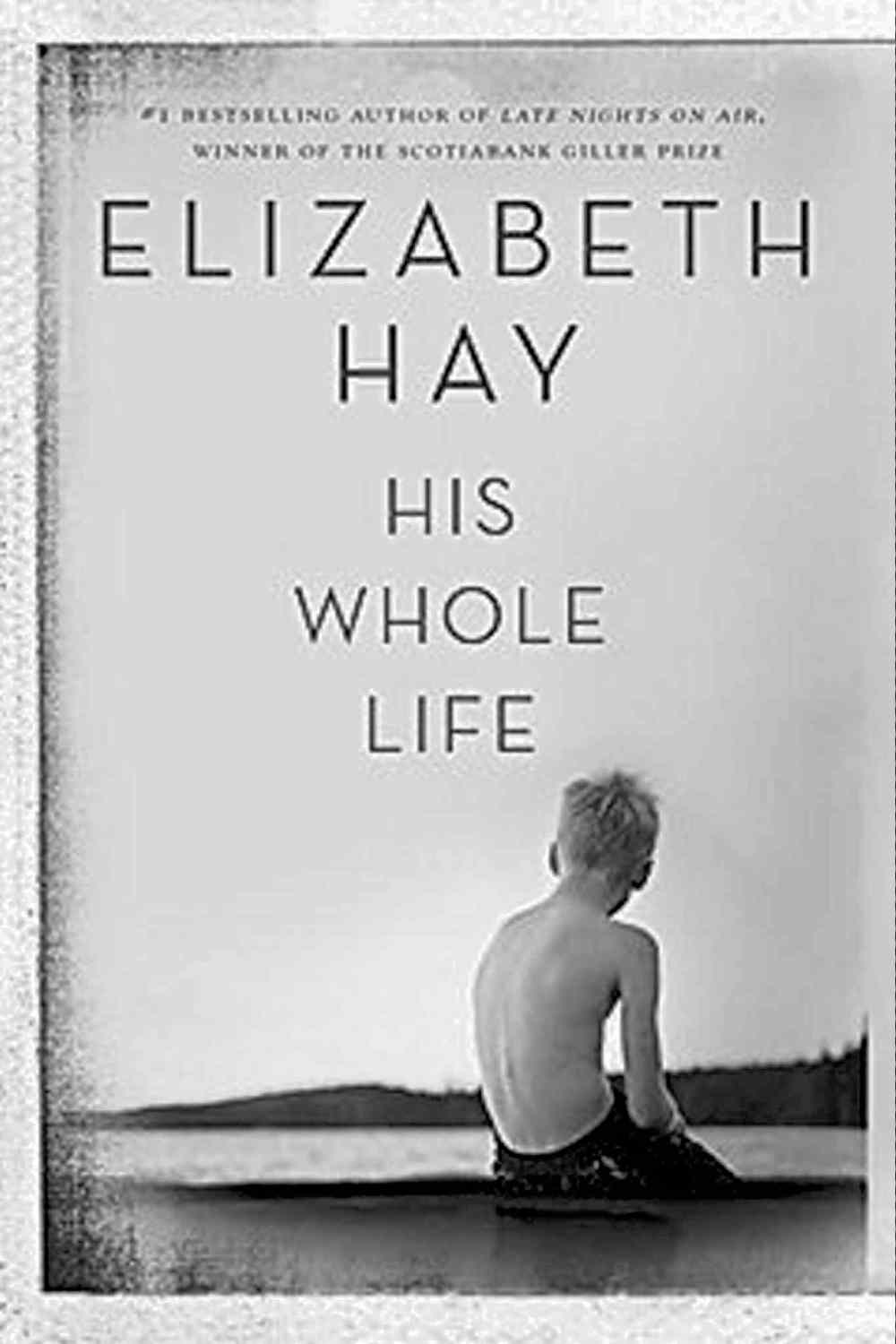About a boy
Hay's new novel a coming-of-age story set in the 1990s
Advertisement
Read this article for free:
or
Already have an account? Log in here »
To continue reading, please subscribe:
Monthly Digital Subscription
$1 per week for 24 weeks*
- Enjoy unlimited reading on winnipegfreepress.com
- Read the E-Edition, our digital replica newspaper
- Access News Break, our award-winning app
- Play interactive puzzles
*Billed as $4.00 plus GST every four weeks. After 24 weeks, price increases to the regular rate of $19.00 plus GST every four weeks. Offer available to new and qualified returning subscribers only. Cancel any time.
Monthly Digital Subscription
$4.75/week*
- Enjoy unlimited reading on winnipegfreepress.com
- Read the E-Edition, our digital replica newspaper
- Access News Break, our award-winning app
- Play interactive puzzles
*Billed as $19 plus GST every four weeks. Cancel any time.
To continue reading, please subscribe:
Add Free Press access to your Brandon Sun subscription for only an additional
$1 for the first 4 weeks*
*Your next subscription payment will increase by $1.00 and you will be charged $16.99 plus GST for four weeks. After four weeks, your payment will increase to $23.99 plus GST every four weeks.
Read unlimited articles for free today:
or
Already have an account? Log in here »
Hey there, time traveller!
This article was published 15/08/2015 (3714 days ago), so information in it may no longer be current.
Canadian author Elizabeth Hay’s novel His Whole Life follows the life of Jim Bobak from age 10 to 16 during the mid-1990s — through happiness and sadness, as shown through his continually evolving relationship with his mother, Nancy.
Hay, winner of the 2007 Giller Prize for the novel Late Nights on Air, deftly sets out one of her book’s main questions on the first page, when Jim asks his parents: “What’s the worst thing you’ve ever done?”
His father, George, answers quite quickly, recounting an incident from his childhood when his temper got the better of him and he punched a fellow camper. The violent action is entirely uncharacteristic for George, as shown later in the book.

A native New Yorker now in his third marriage, George is overwhelmed by life and unable to fully communicate with his wife or son. Hay describes him as being like one of the lesser characters in a play who is easy to overlook.
Jim is conflicted over his feelings for his father. In one episode, George fails to catch any fish at the family cottage, yet accepts credit for those that Jim caught. “To have a father you could not admire,” Hay writes. “To be fond of him all the same and sorry for him.”
As if to increase his importance in the hearts and lives of his family, George makes the conscious decision not to have surgery to remove a cancerous tumour that grows inside one of his cheeks.
Jim and his mother, Nancy, are forced to witness the way it distorts him physically and mentally, reducing him from an active man to an invalid. Nancy suspects he’s using his illness to keep her from leaving him and taking Jim with her.
Nancy’s character is complex — while she seems relatively stable on the surface, she is filled with conflicting emotions. Her love for Jim is the true guiding force in her life, but she’s not sure whether or not she loves George enough to stay in the marriage.
Hay draws a parallel between Nancy’s feelings of uncertainty and the 1995 Quebec referendum, which had the potential to destroy Canada as a nation. Nancy and her longtime friend, Lulu, an aging, out-of-work actress, discuss the future of Canada during the summer they spend at Nancy’s family cottage on a lake outside Ottawa. Jim is drawn into the friends’ quarrel as Nancy advocates for the “No” side and a united Canada, while Lulu supports the Québécois campaigning for their province’s status as a sovereign nation.
Much of the book’s action is shown through Jim’s eyes, including lovely descriptions of the beauty and peace he finds canoeing around the lake’s shore and exploring small islands. As in Late Nights on Air, Hay’s descriptions of Canada’s natural beauty are a pleasure to read.
His Whole Life carries the reader along as Jim’s family changes. His older half-brother, Blake, who uses his newfound Christianity to distance himself from his mother, appears and disappears.
With his lack of respect for his father, Jim finds a male role model in Lulu’s outdoorsman brother, Guy, who captures some bear cubs whose mother was killed and who deals with a huge tree felled in a violent storm. Jim is unaware of Guy’s previous romantic liaison with his mother, yet views him as a father figure.
While some of the scenes don’t exactly serve to move the narrative forward, the majority of Hay’s writing in His Whole Life effectively shows how a young boy views the natural world and the grown-ups who care for him.
Andrea Geary is a reporter with Canstar Community News.


